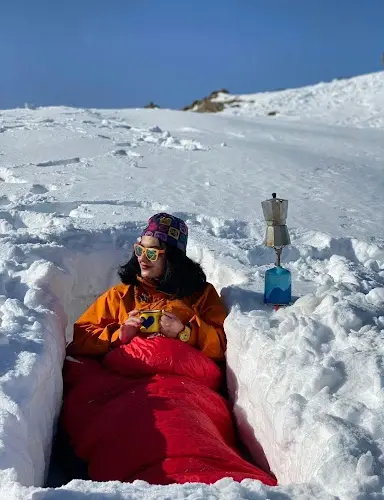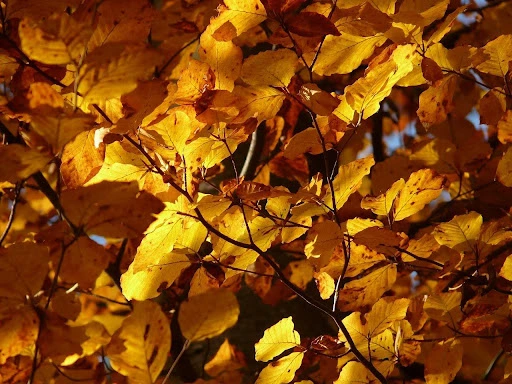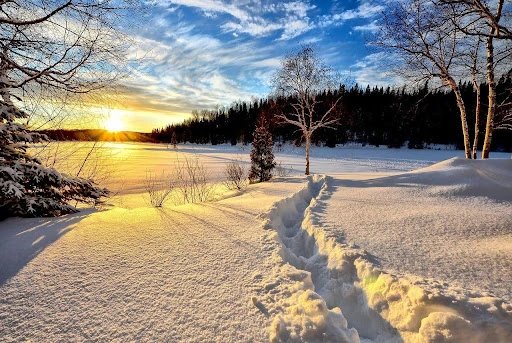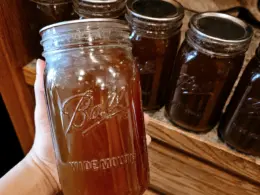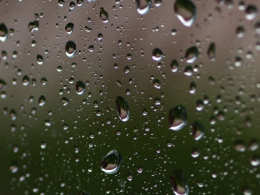Sometimes, in the camping world, we get so inundated with companies telling us we should buy their products because it’s the “best” way to stay warm while camping outside that we forget how staying warm works, causing us to freeze up if these products fail us.
Earlier on in my camping career I quickly discovered that no product was perfect and sometimes things don’t keep you as warm as they say they will. It doesn’t even have to be the fault of the product, some people get colder.
The reality is that while yes, these products may work for the most part, understanding what to do if you do get cold camping while using them is also important. Luckily, nature provides an abundance of resources for us to cobble something together.
Table of Contents
Tip 1: Wood Keeps You Warm 3 Ways: Finding, Processing, Burning
The “wood warms you in three ways” is a common phrase among campers and survivalists. There have been many nights outside where I have woken up a bit chilly, had to start the fire in the tent, and then went outside to process wood for about 10 minutes. Just that act-along is enough to warm me up so that I can go back to bed.
In actuality, going out to find the wood usually involves some bushwhacking which is bound to get the blood flowing. Then you need to chop it down, drag it through the woods, buck it up, and then split it.
After that, burning it is the last way that it will warm you up. Just be careful not to sweat if it’s cold out or you’ll end up colder than when you started.
2: Cattail Fluff for Hand and Feet Warmers
Cattail fluff is one of those hidden gems that I discovered by accident. Harvesting the brown fluff is an adventure in itself as it puffs out when you press your thumb to it. Once gathered, you have choices on how to use it.
For a tidy approach, flatten the fluff in a thin plastic bag and slip it into your gloves or shoes. This method keeps the mess at bay while offering some insulation. Alternatively, you can stuff the fluff directly into your or socks for immediate warmth but be prepared for a fluff explosion when it’s time to clean up.
The softness of the fluff traps heat much like a sleeping bag stuffed with goose down, The little air pockets between the fluff get warm, creating a barrier against the biting cold. Sometimes I will just hold a clump of it in my closed fist and it helps warm my hands.
3: American Beech Leaves
A few years back I learned about how American Beech leaves (Fagus Grandifolia) offer a natural solution for campers seeking warmth. I had always seen the leaves during the winter but didn’t think much of it. However, these leaves have a unique ability to remain on the tree well into the winter months, providing a readily available resource to use.
Their durability is remarkable; even when crumpled, beech leaves don’t break down easily, unlike something like oak leaves. This makes them ideal for use as stuffing in a makeshift mattress or pillow. The leaves provide loft and insulation, trapping warmth effectively in the air pockets. I remember stuffing them into a garbage bag and sitting on it as a chair; my rump was not cold at all.
The only downside is that you will need several feet of these if you want to make a comfortable bed as your weight will undoubtedly crush it.
4: Use Snow to Build a Wall in the Winter
Utilizing the insulating power of snow is a skill I picked up during my training as an expedition guide. Snow is an incredible insulator, as exemplified by the quinzee, an igloo-like shelter formed by piling up snow and hollowing it out. Inside, it blocks out wind and sound, creating a pocket dimension away from the elements.
If time is short and you can’t devote hours to constructing one, you can still benefit from snow’s properties by using a simpler technique with your tent. Start by packing a shovel and creating a sturdy snow ridge around your tent’s perimeter.
This snow wall not only anchors your tent against the wind but also prevents cold drafts from creeping underneath. For added functionality, carve small shelves into the wall for storing essentials like snowshoes or gear.
5: Heating Some Rocks
When camping in chilly conditions, heating rocks can be a reliable way to stay warm through the night. This is a trick I use when it’s going to be very cold at night. Throwing a few hot rocks from the fire into the footbox of your sleeping bag is easy, and saves you from having to heat water for a bottle.
Start by selecting rocks that are smooth and dense—avoid porous or wet rocks, as these can crack or explode when heated. Place the stones around the edge of your campfire, allowing them to heat gradually. I try to avoid throwing them directly in the fire because they will not only get dirty but often will get too hot for use.
Once they are quite warm (but not red-hot), carefully use a pair of sturdy sticks to move them. Wrap the heated rocks in an old sock or thick cloth, which will prevent direct contact with skin and extend the warmth.
Final Thoughts
While the conventional idea of “just buy something that will keep you warm” is valid and I recommend that you always buy quality products, remember that in those immediate times when you need quick warmth, there are some natural options that you don’t need to pack with you.

